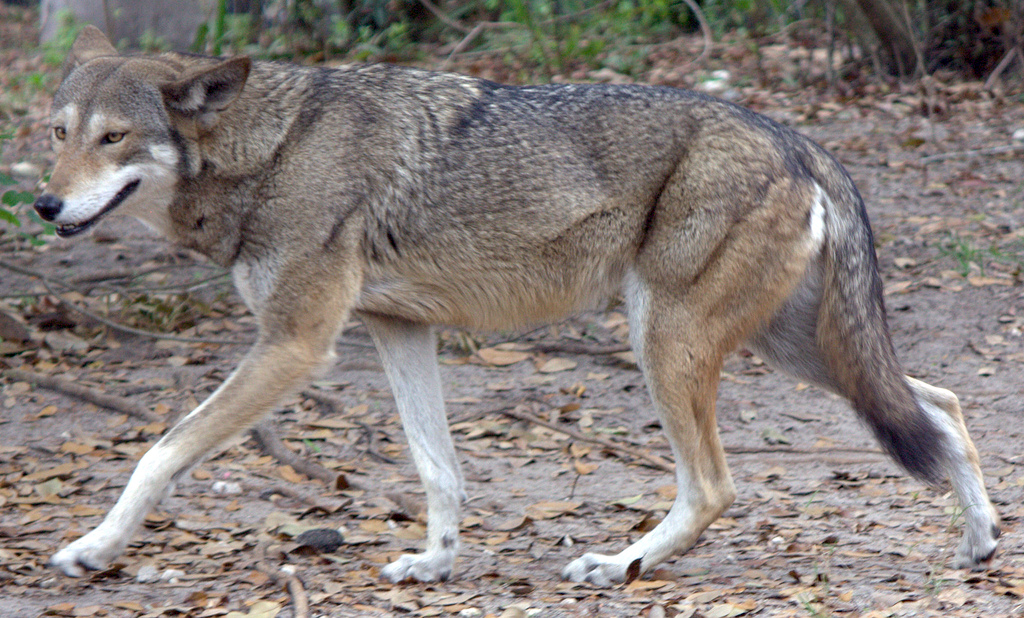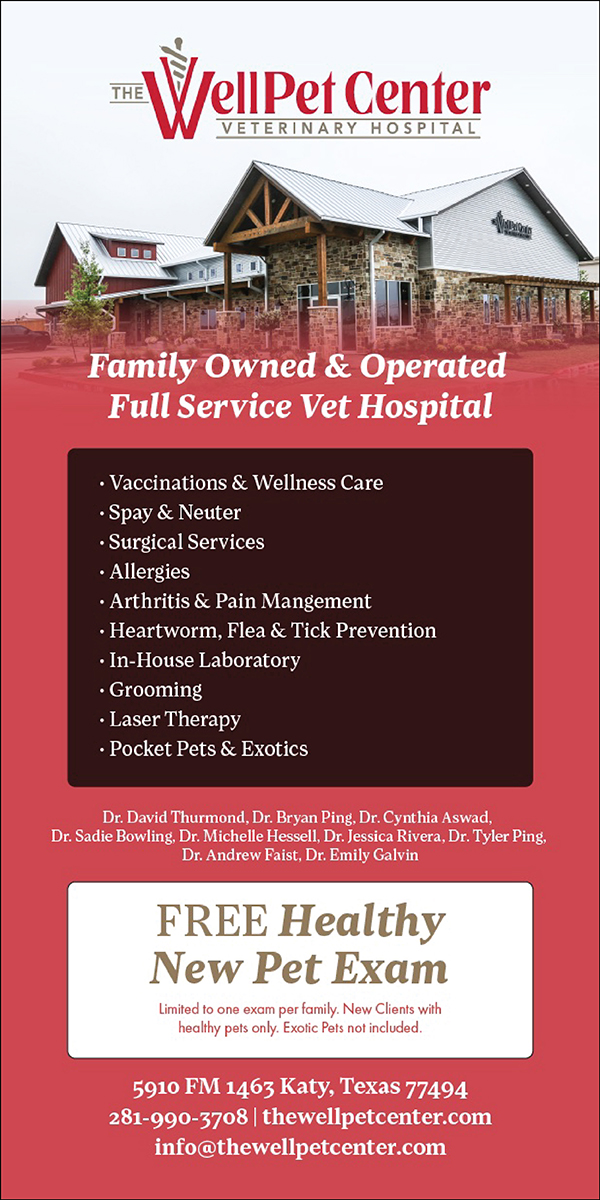
Going, Going, Gone
by Cheryl Conley
In the wildlife world, no one wants to hear about endangered or extinct animals. Sadly, animals are being added to these lists now more than ever and mostly because of us.
What is an endangered species? It can be a plant or an animal that is considered at risk of extinction. A plant or animal can be listed at a state level, federal level and international level. In other words, there can be an animal that is considered extinct in Texas but not in other areas of the country. Looking at animals in Texas, there are 45 on the endangered species list. (You can view the list here.)
When an animal goes extinct it means every single animal in that species has died. So what causes an animal to go extinct? Habitat destruction, invasive species, overexploitation, illegal wildlife trade, pollution and climate change put the survival of species at risk but according to the World Wildlife Fund, human actions alone account for the extinction of 869 species in the last 500 years. A sad example of an animal going extinct by the actions of humans is the Dusky Seaside Sparrow. In 1963 in an effort to control the mosquito population around the Kennedy Space Center in Florida, NASA decided to flood an area of marshland around Merritt Island in eastern Florida. This area happened to be one of the last areas populated by the Dusky Seaside Sparrow. When the area was flooded it destroyed the sparrows’ breeding ground. The construction of a highway around the St. Johns River also contributed to habitat loss. The bird struggled to survive but by 1979 only 5 birds remained and they were all male. The species was declared extinct in 1990.
But occasionally there’s good news. Let me tell you about the red wolf. The wolves once roamed the Southeastern US but their populations dwindled due to habitat loss by humans and hybridization with coyotes. They were declared extinct in the wild in Texas in 1980. Along came wildlife biologist Ron Wooten, a resident of Galveston. In 2008 a pack of what he thought were coyotes snatched his dog. He was able to track the group but it was too late for his dog. His flashlight picked up red coloring on the muzzle of one of the animals and he was fascinated. He posted a message on Facebook and asked to be notified if anyone in the area saw the pack. He got a response and rushed over with his camera. Looking at the photos, he saw that they had overly long legs, sharply pointed snouts, and unusually broad heads. The body looked slightly out of proportion. He did some research on red wolves and was convinced the animals were either a red wolf-coyote hybrid or maybe even an actual red wolf. He began looking on roadsides to see if he could find any dead ones. He got lucky and found a couple of dead animals. He removed some skin from each one and froze it. He tried for years to get scientists and biologists to take an interest. Finally, in 2016, someone listened. He contacted researchers at Princeton University and requested genetic testing. "I regularly receive this kind of inquiry, but something about Wooten's email stood out," says Bridgett von Holdt, an assistant professor of ecology and evolutionary biology at Princeton. "His enthusiasm and dedication struck me, along with some very intriguing photographs of the canines. They looked particularly interesting and I felt it was worth a second look."
DNA from the skin samples was compared to the DNA from coyotes, gray wolves, red wolves, and eastern wolves. Although mostly coyote, it turns out that nearly 30% of the genetic makeup of the samples was from the red wolf. Under the Gulf Coast Canine Project, the animals are now being fitted with GPS collars and wildlife cameras to track movements. Both fecal and tissue samples are being collected as well. For more information on this project, go to gulfcoastcanineproject.org.
Here are just a few things you can do to help save endangered species and their habitats.
- Put up bird feeders and provide bird houses and baths.
- Plant a pollinator garden.
- Avoid using herbicides and pesticides. Try to use only environmentally-friendly products.
- Don’t dump out old paint, oil or chemicals. Look for places in your community where you can safely dispose of these items.
- Buy sustainable products.
- Speak up and support measures to help animals and their habitats.
- Follow and support conservation and environmental organizations.
 |
|
|
Written by: Cheryl Conley
Cheryl currently sits on the Board of Directors for the Lake Creek Greenway Partnership. She is also currently working with a Montgomery County Commissioner on a new nature center/wildlife center. Previously, she was the president of TWRC Wildife Center and Vice President of Friends of Texas Wildlife. Cheryl is a State of Texas permitted wildlife rehabilitator.
|










